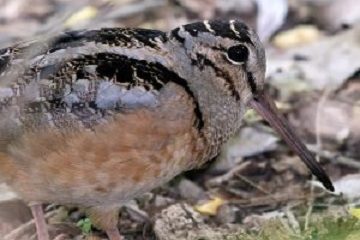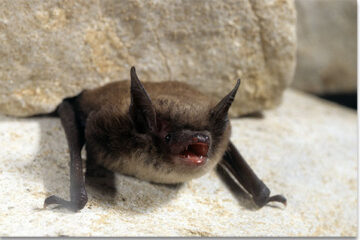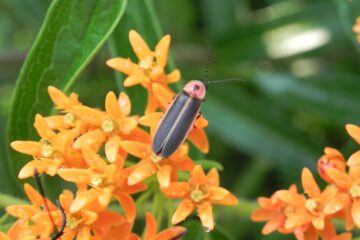Luna Moth
Actias luna
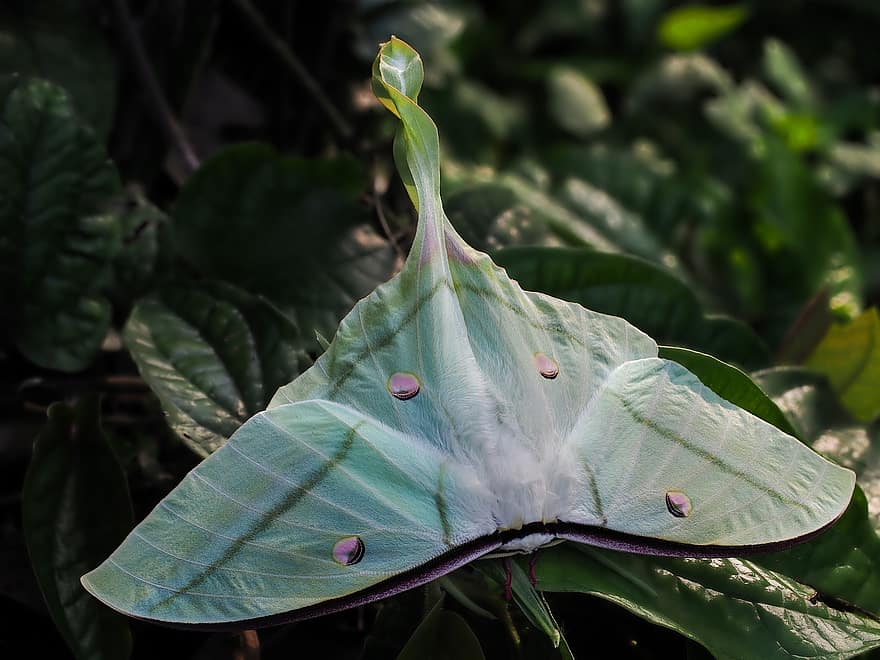
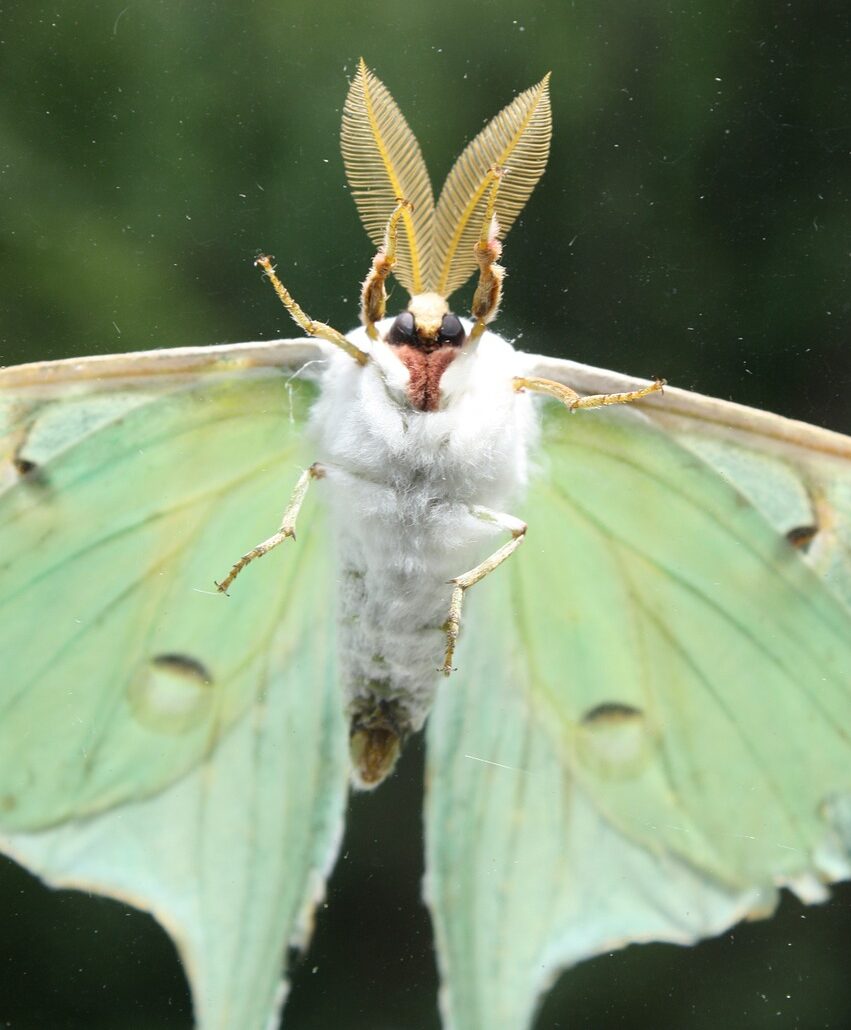
Identification: These spectacular moths have a wing span of 3” to 4”. They are a pale green color each with a transparent eye spot and edged with pinkish/yellowish margins. The hind wings have long curving tails.
Habitat: Luna Moths are unique to North America and can commonly be found as far north as Nova Scotia, down into southern Florida, west to Saskatchewan and the Gulf Coast of eastern Texas. They live in deciduous hardwood forests.
Food/Host Plants: Caterpillars feed on the leaves of Sweet Gum, Hickory, Sumac, Walnut and White Birch trees. As adults the Luna Moths do not feed.
Behavior: Like most moths, the Luna Moth is active at night and rests by day. It’s wing coloration helps it stay camouflaged to avoid being eaten. If a Luna Moth is about to be attacked it will defend itself by rearing up its head, making clicking sounds, and regurgitating a foul-tasting liquid. At night Luna Moths have a strategy to evade capture by bats. Scientists recently discovered that the long twisted hind wings scatter reflected sounds that confuse the echolocation hunting method of bats.
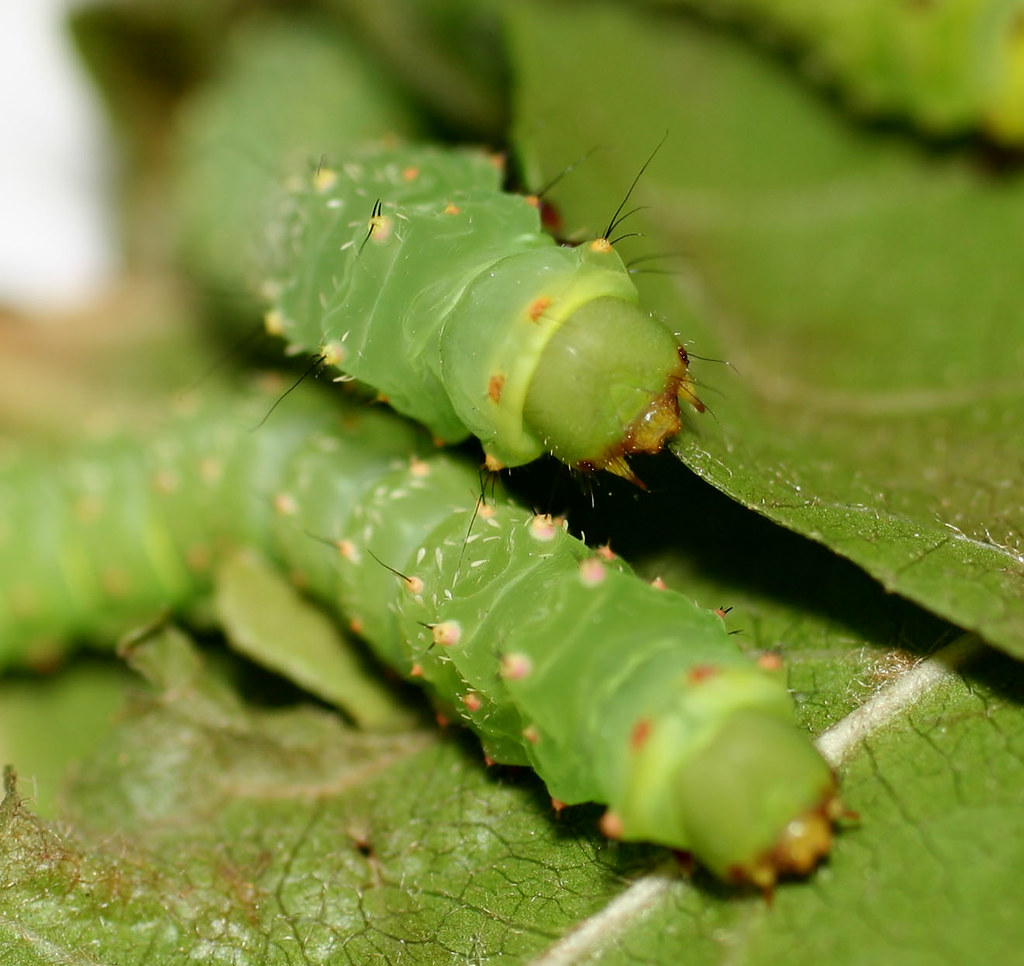 Life Cycle/Nesting: Female Luna Moths emit a pheromone (a chemical substance) that attracts the males. Mating typically takes place around midnight. The eggs are laid the next couple of nights in small groups on the leaves of the host plants. In a week the eggs hatch into tiny, hungry caterpillars that will molt five times before they encase themselves into a papery cocoon. Within 3 weeks the adult Luna Moth emerges from the pupa usually in the morning to allow for the sun to dry their wings before their first flight.
Life Cycle/Nesting: Female Luna Moths emit a pheromone (a chemical substance) that attracts the males. Mating typically takes place around midnight. The eggs are laid the next couple of nights in small groups on the leaves of the host plants. In a week the eggs hatch into tiny, hungry caterpillars that will molt five times before they encase themselves into a papery cocoon. Within 3 weeks the adult Luna Moth emerges from the pupa usually in the morning to allow for the sun to dry their wings before their first flight.
Northern moths usually only breed once per year in June. Southern moths may breed 2 to 3 times per year.
Interesting Facts: As they are attracted by light, your best chance at spotting a Luna Moth would be in the evening near artificial sources of light.
Credits/Resources:
- https://www.butterfliesandmoths.org/species/Actias-luna
- https://www.insectidentification.org/insect-description.asp?identification=Luna-Moth
- https://www.fllt.org/goddess-of-the-moon-the-life-history-of-the-luna-moth/
Please share any questions, comments, or photos that you and your child have on the Raritan Headwaters Learning Community Facebook Page!
More Raritan Headwaters Learning Resources

